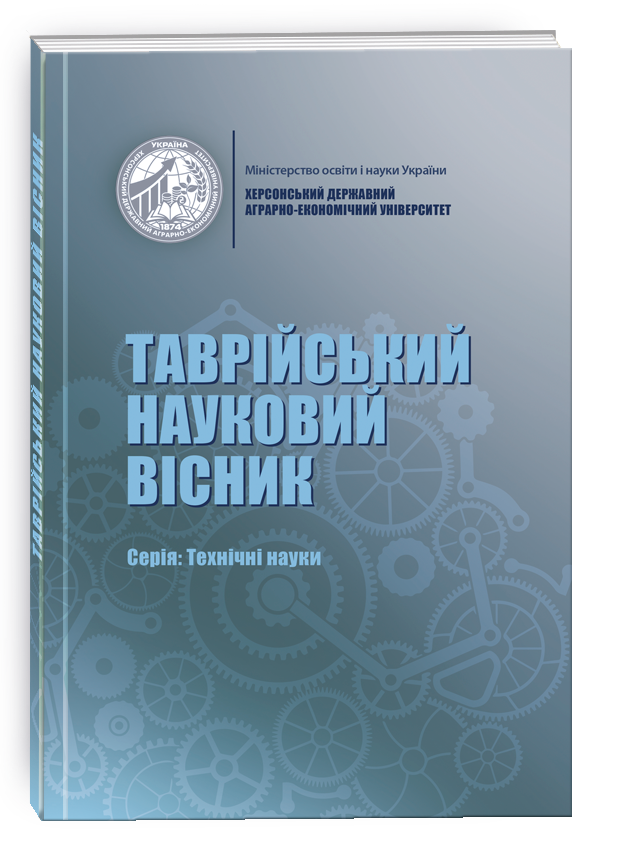COASTAL PROTECTION STRUCTURE
DOI:
https://doi.org/10.32851/tnv-tech.2021.5.8Keywords:
liquefaction, underwater breakwater, sandy soil, dynamic effects, acceleration, landslides, massifsAbstract
Port protective structures – moles and breakwaters are exposed to natural phenomena occurring in three areas: terrestrial, water (sea) and air. The influence of factors that arise as a result of human activity is added to the action of natural phenomena. These factors can be divided into the following main groups: geological; hydrometeorological; operational; factors of production of work; seismic; military factors. The practice of construction and operation of port protective structures shows that, in appropriate cases, the factors of each of the listed groups can cause deformations of the structure. However, a generalized analysis of materials on damage to protective structures allows us to establish that in the overwhelming majority of cases, decisive for their safety are geological factors that determine the nature of the interaction between the foundation of a structure and the soil at its base, as well as determine the state of general stability of the structure and the soil massif on which it is erected. Port protective structures, being exposed to very significant vertical and horizontal forces, create intense and widespread loads on the soils underlying them. The high value of soil tension is characteristic of moles and breakwaters of the gravitational type, which transfer the load to the soil directly or through the backfill. Most often, the surface layers of the seabed carrying these structures are composed of heterogeneous and easily compressible soils. Therefore, geological factors are of paramount importance in the design and construction of protective structures. Deformations and breakdowns of structures due to inconsistency of the design or work methods with geological conditions occur very often. The reasons for this discrepancy are usually a misconception about the phenomena occurring in the soil under load, and, as a consequence, the use of incorrect design schemes and methods for determining the interaction of the structure and the soil at its base. Sometimes this is due to unsatisfactory geological surveys.
References
Гришин В.А., Дорофеев В.С. Нелинейные модели конструкций, взаимодействующих с грунтовой средой. Одесса : Внешрекламсервис, 2006. 242 с.
Гришин В.А., Дорофеев В.С. Некоторые нелинейные модели грунтовой среды. Одесса : Внешрекламсервис, 2007. 309 с.
Гришин В.А., Дорофеев В.С. Расчет противооползневых сооружений. Одесса : Внешрекламсервис, 2009. 215 с.
Шадунц К.Ш. Оползни-потоки. Москва : Недра, 1983. 120 с.
Гольдин А.Л., Рассказов Л.Н. Проектирование грунтовых плотин. Москва : Энергоатомиздат, 1987. 304 с.
Захаров М.Н., Иващенко И.Н. К теории пластического течения грунтов. Известия Академии наук СССР. 1972. № 2. С. 185–188.
Малышев М.В. Прочность грунтов и устойчивость оснований сооружений. Москва : Стройиздат, 1994. 227 с.
Иоселевич В.А., Рассказов Л.Н., Сысоев Ю.М. Об особенностях развития поверхностей нагружения при пластическом упрочнении грунта. Известия Академии наук СССР. 1979. № 2. С. 155–161.
Ломизе Г.М., Крыжановский А.Л. Основные зависимости напряженного состояния и прочности песчаных грунтов. Основания, фундаменты и механика грунтов. 1966. № 3. С. 8–11.
Емельянова Е.П. Основные закономерности оползневого процесса. Москва : Недра, 1972. 307 с.
Иванов П.Л. Разжижение песчаных грунтов. Ленинград : Государственное энергетическое издание, 1962. 260 с.







